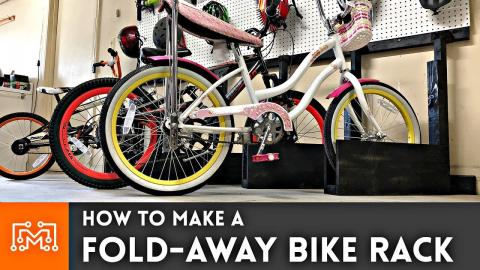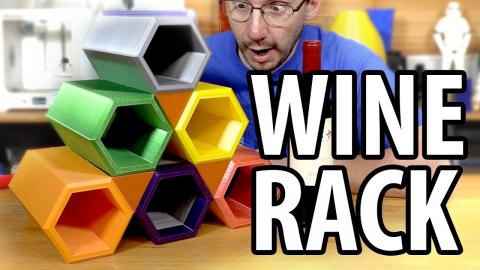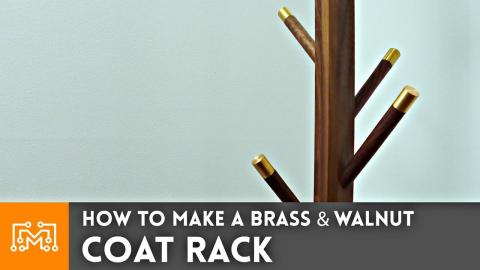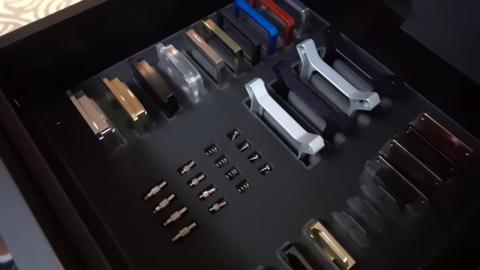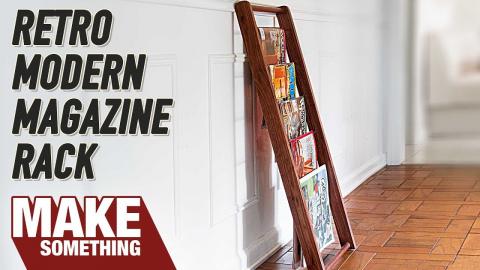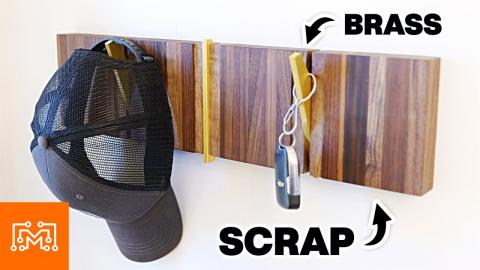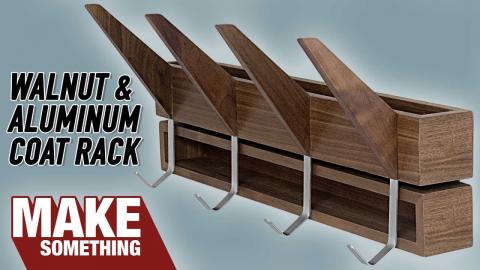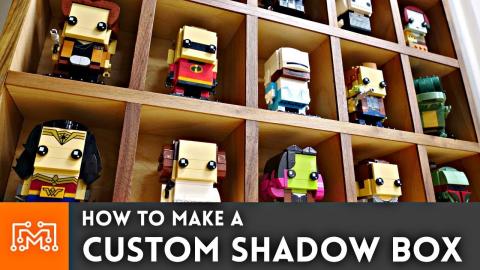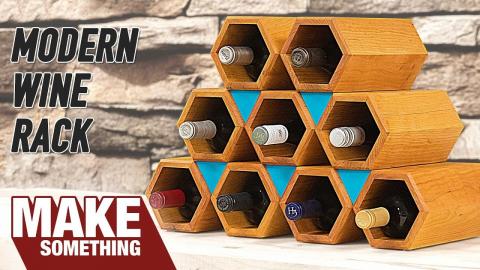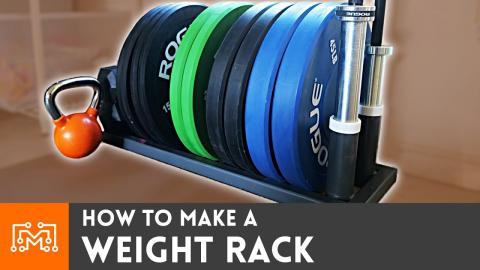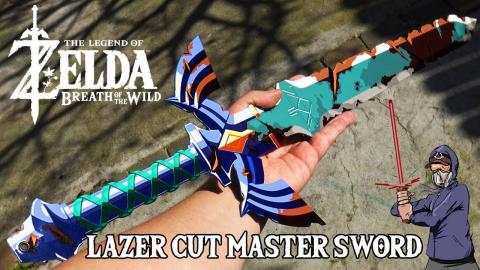How to Make a Custom Roof Rack
Description
I've always wanted a roof rack for my Land Cruiser, but the commercially available options didn't fit me needs, so I made a custom one, come see how!
Subscribe to my channel: http://bit.ly/1k8msFr
Second Channel: http://bit.ly/iltms-2
MORE PROJECTS, POSTS AND EVENTS
http://www.iliketomakestuff.com
TOOLS & SUPPLIES (affiliate links):
https://kit.com/iliketomakestuff/roof-rack
https://kit.com/iliketomakestuff/shop-safety-gear
https://8020.net
Twitch Stream Every Wednesday @ 11am EST: www.twitch.tv/iliketomakestuff
I WROTE A BOOK!!
http://www.iliketomakestuff.com/makingtime
Want to support ILTMS? Get exclusive content and more...
http://www.iliketomakestuff.com/patreon
BUY A SHIRT, STICKER, NOTEBOOK, DIGITAL PLANS and MORE!!
http://www.iliketomakestuff.com/store
FOLLOW:
http://twitter.com/iliketomakestuf
http://www.twitch.tv/iliketomakestuff
http://instagram.com/iliketomakestuff
http://facebook.com/iltms
I ordered pieces of aluminum extrusion from a company called 80/20. After selecting 40mm & 80mm T-slotted pieces, I was able to provide specific dimensions that the company cut to size. The rack was designed to hold 2 full sheets of 3/4" plywood, so my initial drawing called for 80mm high rails in the front and along the sides with 40mm horizontal runners. This height difference allows the plywood to slide on top of the shorter runners and still hit the taller outsides that act as hard-stops.
With the rails, I purchased some 90-degree connectors to secure the different components together. The rack itself was essentially done, but I had to have a way to mount it to the roof. All vehicles are different, but my Toyota Land Cruiser has a metal rain gutter that runs along the sides of the roof. There are commercially available mounts that support the rack from this gutter, but we're going to make our own.
As I mentioned, you could buy a set of roof-rack mounts that attach to the rain gutters. Because I have a capable metal-working shop, I can design, prototype, and build my own set of brackets out of really inexpensive steel flat stock. After a trip to my local metal yard, I cut the flat stock into manageable pieces. Because this was a prototype, I left everything longer than it would end up so that I could mark proper dimensions and hole placement.
I went through three variations of clamping systems for the brackets. Some ideas involved bolts and bushings and some were completely reversed from conventional brackets. Ultimately, I landed on a 90-degree bent support arm that would sit in the rain gutter and a smaller, question-mark-shaped clamp would attach to the front and hold the arm in place.
No that I had tested the prototype and riddled it down to the most simple design, I was ready to batch out the rest of the final pieces. This process involved cutting six sets of bracket components: the support arm, triangular braces to add width, and the front clamp. I cut the longer arms, bent them in my hydraulic press, and welded the triangular braces onto the bottom. The front braces were cut and bent into that question mark shape using a wise and a big hammer.
I've had a powder coating setup for a while, but I've never had the right project for it. Powder coating is far more durable than painting, and by using the satin black powder, the brackets will match the black coating on the aluminum extrusion perfectly. Josh researched the process and tested the prototype. Powder coating involves cleaning the bare-metal surface, hanging it from a metal wire in the ventilated paint booth, attaching the negative-charge clamp, and using the powder coating gun to lightly puff the positively-charged powder onto the surface. Being careful not to touch the powder-covered piece, we put it in the toaster oven at 400 degrees F. Once you see the mat finish turn glossy, you start a timer for 20 minutes. After that time is up, let the parts cool and it's done.
Now that all the major components are complete, we can mount the brackets to the roof rack and set it in place on the rain gutter. After tightening all of the face clamps the roof rack was ready for use! If you remember, we used the aluminum extrusion because of its versatility and ability to act as an attachment platform. To make use of the T-track system, I mounted some toggle clamps to the tops of the frame to hold down the plywood sheets. I used some stainless steel 1/4-20 bolts that slid right into the track and secured the toggle clamps in place with self-locking nuts.
This roof rack works amazingly well hauling plywood from the store. It is still pretty basic, but the aluminum extrusion is a base platform that you can build upon. I bought an inexpensive light bar that could be mounted in the t-slots really easily. But I could also add mounts for straps, overland gear, tools, kayaks, or anything else we want! The t-slotted track makes it super simple to add bolts and brackets wherever they're needed.


